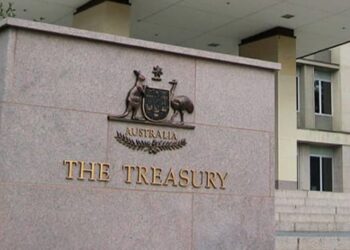The data, compiled by Investment Trends and managed accounts platform Praemium, found that 59 per cent of advisers were administering a portion of their clients’ assets off-platform.
The top reasons cited by planners for not using a platform for certain investments was that fees were too high, some asset classes were not available on the platform they used, and clients wanting to retain an element of control in their investments.
Advisers were found to manage a wide range of investment types for clients without the use of a platform, including term deposits, shares, ETFs and direct property.
However, the administrative issues involved in off-platform investment administration were considerable, with advisers spending almost twice as long collating information for off-platform investments as those managed through a platform.
The reporting capabilities available for clients for such investments were also not as comprehensive, with advisers providing an average of two reports a year to clients for their off-platform investments.
Praemium chief commercial officer Mat Walker said the results of the research indicated “a strong desire to shift this reporting burden to a technology solution and be able to administer and report on 100 per cent of a client’s wealth”.
The research also found that the average number of platforms used by advisers had increased to 2.6, the highest level seen by Investment Trends for three years.
“Planners perceive they need to use multiple platforms to satisfy client best interests,” Mr Walker said.
“However they aspire to have one platform that can deliver to all client segments, catering for all forms of managed accounts and investments, including custodial and non-custodial assets.”




So a large number of advisers are using alternative assets that don’t get through RE and Trustee rules to make it on to platforms? These assets are then being ‘managed’ and reported on by the advisers and no doubt their non-conflicted accountants.
The clients are then not able to see their assets on line and once or twice a year they get a valuation?
Does anyone really think advisers will do a better administrative job than these ‘overpriced’ platforms.
From this article we can be concerned about two major issues. Advisers are providing access to unlisted assets and private equity investments to retail clients who should be nowhere near them and practices are taking admnstration back in house and pretending it is more efficient.
We have been down this road before so maybe some of these new ‘clever’ advisers should learn a little from history and not blow up the reputations of the good advisers who understand the risks they are taking and provide advice, not adminstration and portfolio management.